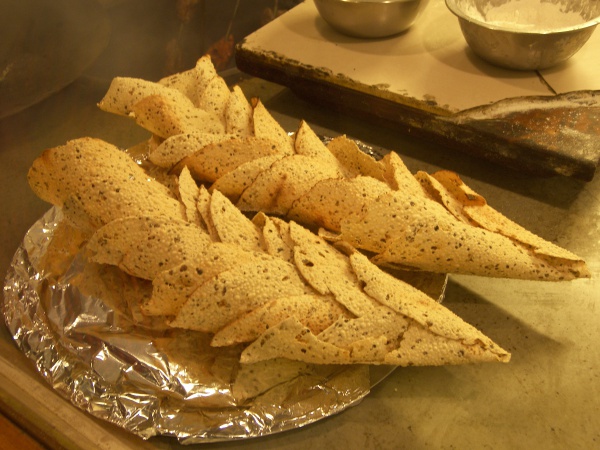Facts About Papadum
Papadums are thin, crispy, and round flatbreads originating from the Indian subcontinent. Made from a seasoned dough, typically of peeled black gram flour, these delightful treats can be either fried or cooked using dry heat. However, they can also be prepared with various other flours such as lentils, chickpeas, rice, tapioca, millets, or even potatoes.
In countries like India, Pakistan, Bangladesh, Nepal, and Sri Lanka, papadums are a staple. They often accompany meals, but they also shine as appetizers or snacks. When topped with onions, carrots, chutneys, or dips, they add a delightful crunch to any dish. Interestingly, in some regions, dried but uncooked papadums are used in curries and vegetable dishes to enhance texture and flavor.
The preparation of papadums can vary significantly depending on the region. Typically, they are made from flour or paste derived from lentils, chickpeas, black gram, rice, or potatoes. The dough is seasoned with spices such as chili, cumin, garlic, or black pepper. Cooking methods range from deep frying and roasting to toasting and microwaving.
Beyond their taste, papadums play a significant social role in India. Many papadum businesses are run by women, providing them with a stable income and promoting women's empowerment. One notable example is Shri Mahila Griha Udyog Lijjat Papad, based in Mumbai. This organization is entirely managed by women and has become a powerful symbol of female entrepreneurship in India.
If you've ever dined at an Indian restaurant anywhere in the world, chances are you've enjoyed papadums served as an appetizer, accompanied by a variety of dips and toppings. These crispy delights have different names and pronunciations across India, reflecting the region's rich tapestry of languages and cultures.

 India
India